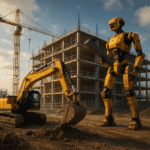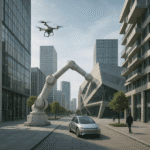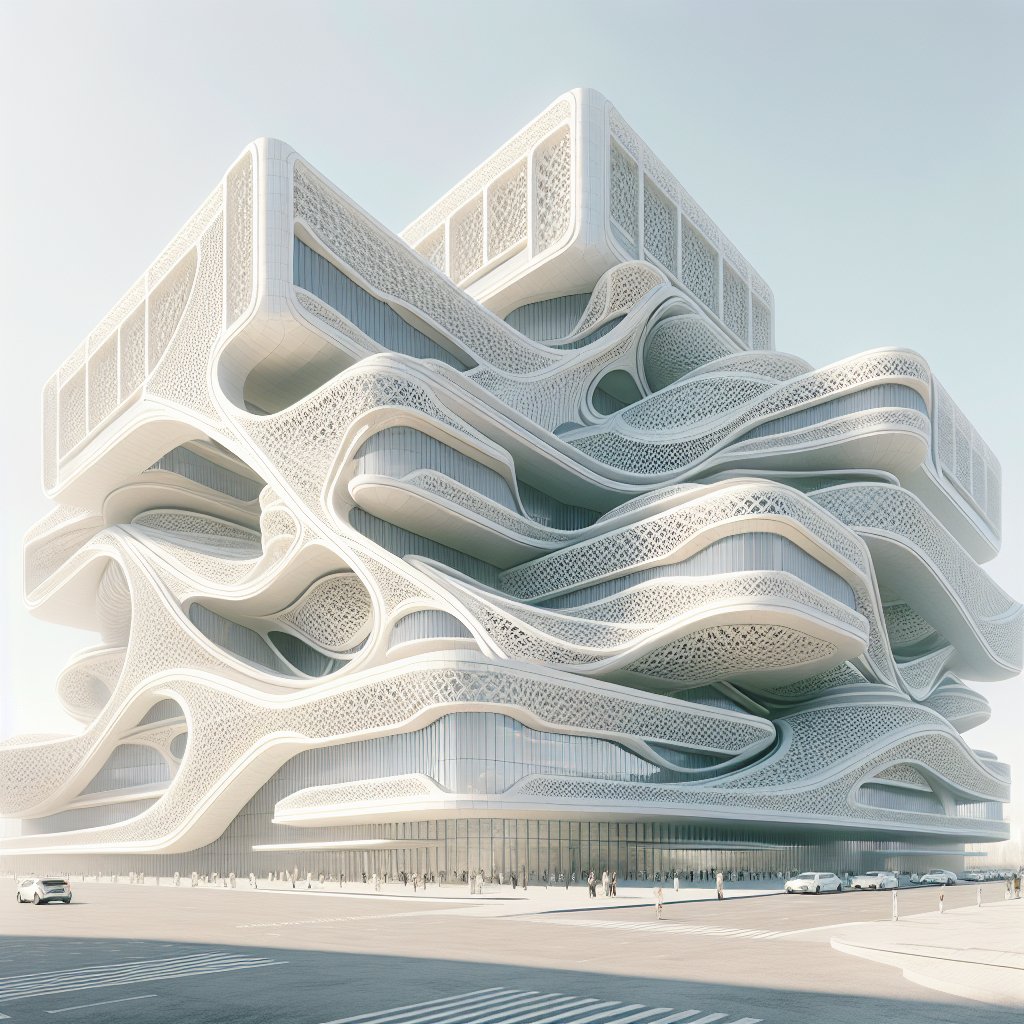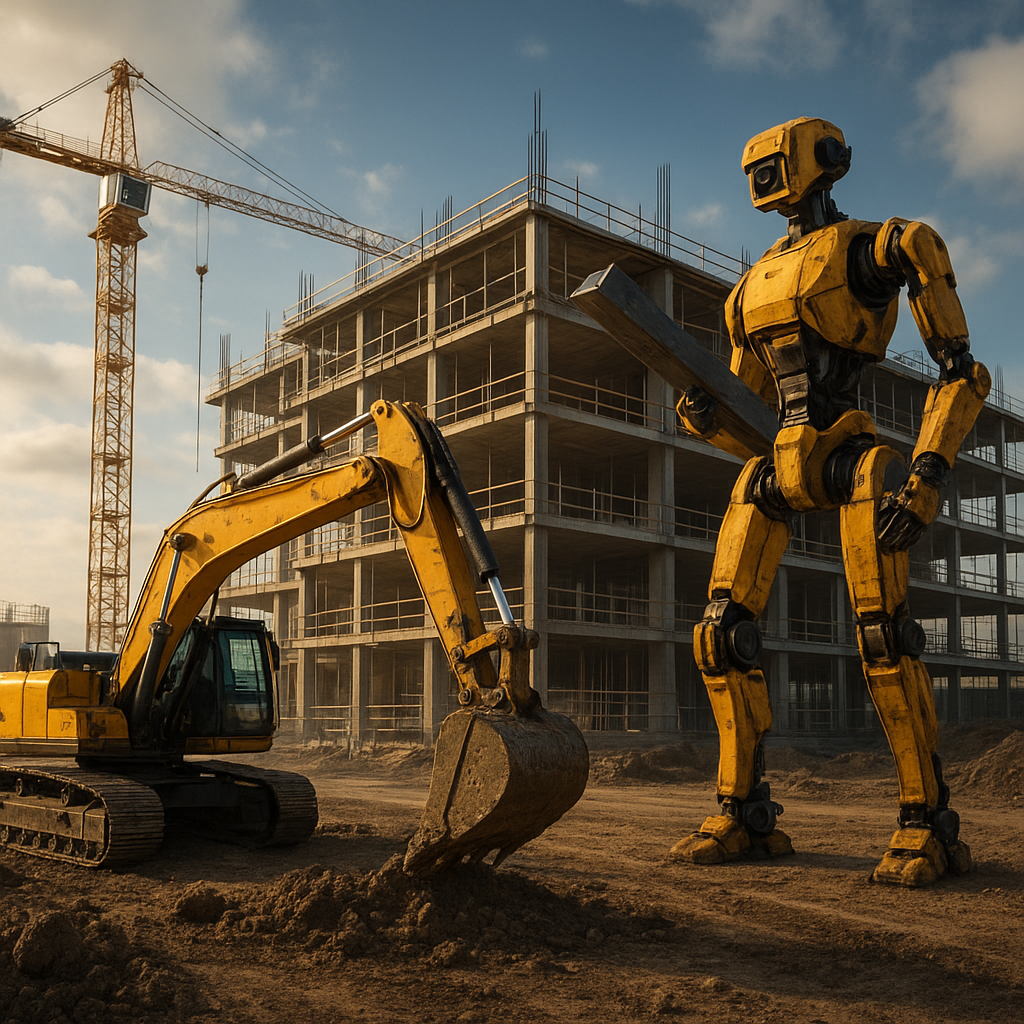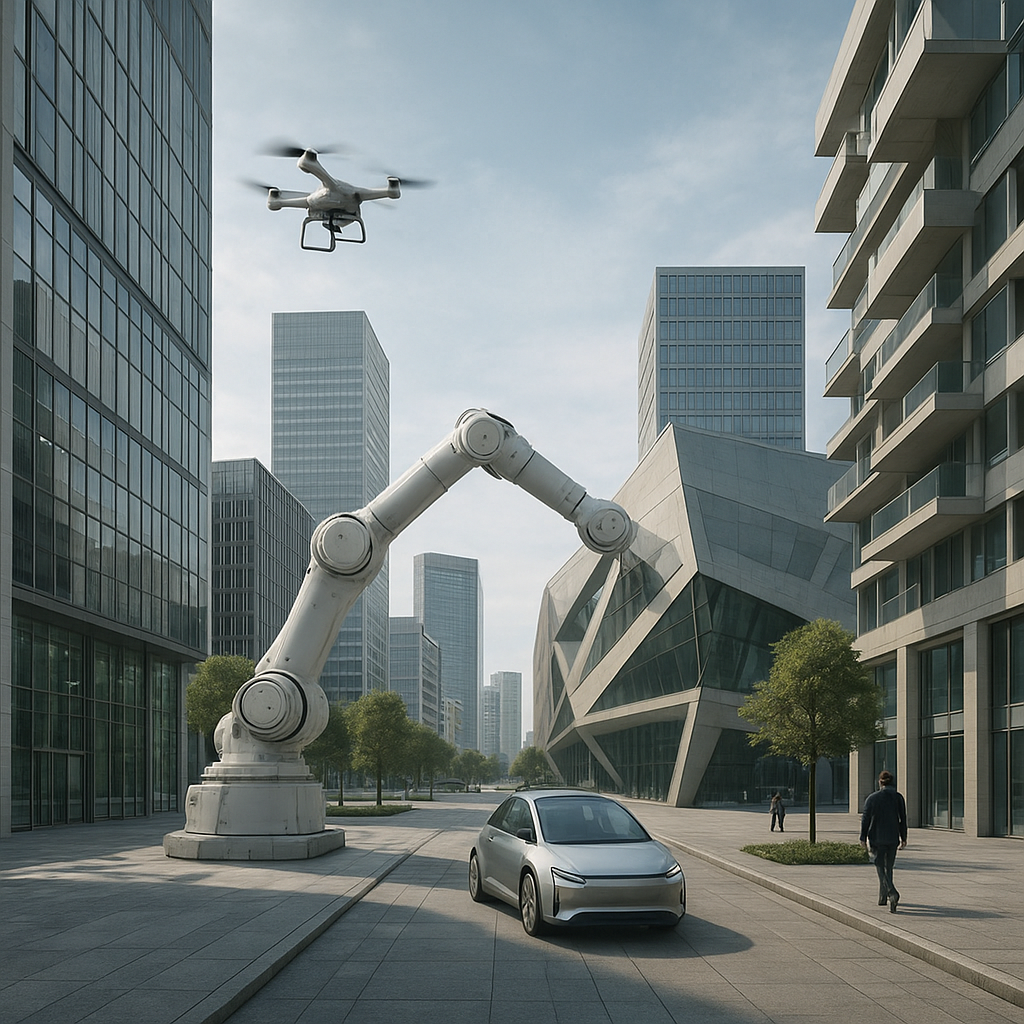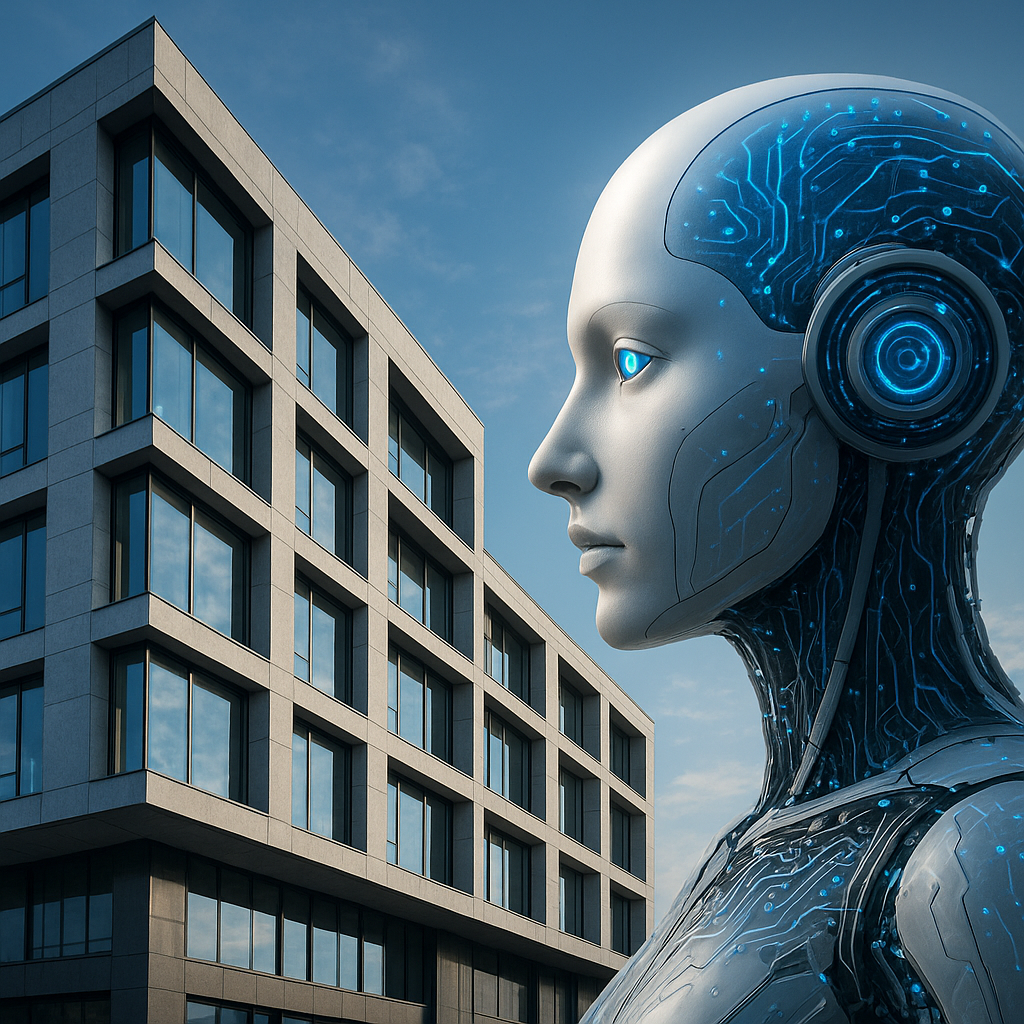Parametric design is revolutionizing the way architects conceptualize and construct futuristic buildings, offering unprecedented flexibility and creativity. This innovative approach leverages algorithms and computational tools to generate complex forms and structures that were once unimaginable. As we delve into the world of parametric design, we will explore its impact on architecture and how it is shaping the future of our built environment.
The Fundamentals of Parametric Design
At its core, parametric design is a process that uses parameters and algorithms to manipulate and generate architectural forms. Unlike traditional design methods, which rely heavily on manual drafting and static blueprints, parametric design allows architects to create dynamic models that can be easily adjusted and optimized. This flexibility is achieved through the use of software tools that enable designers to input variables and constraints, which then inform the design process.
One of the key advantages of parametric design is its ability to handle complex geometries and intricate patterns. By using algorithms, architects can explore a vast array of design possibilities, testing different configurations and iterating rapidly. This not only enhances creativity but also improves efficiency, as changes can be made quickly without the need to start from scratch.
Moreover, parametric design facilitates a more integrated approach to architecture, where various aspects of a building, such as structure, aesthetics, and environmental performance, can be considered simultaneously. This holistic perspective is crucial in creating sustainable and innovative buildings that meet the demands of the future.
Parametric Design in Practice: Iconic Examples
Several iconic buildings around the world exemplify the power and potential of parametric design. One such example is the Beijing National Stadium, also known as the Bird’s Nest, designed by Herzog & de Meuron for the 2008 Olympics. The stadium’s intricate lattice structure was made possible through parametric modeling, allowing for a unique and visually striking design that also meets structural and functional requirements.
Another notable example is the Heydar Aliyev Center in Baku, Azerbaijan, designed by Zaha Hadid Architects. The building’s fluid, wave-like form is a testament to the capabilities of parametric design, which enabled the architects to create a seamless and continuous surface that defies traditional architectural norms. The center’s design not only captivates visually but also enhances the building’s functionality, with its flowing lines guiding visitors through the space.
Parametric design is also making waves in the realm of sustainable architecture. The Al Bahar Towers in Abu Dhabi, designed by Aedas Architects, feature a dynamic facade that responds to environmental conditions. The facade’s adaptive shading system, developed using parametric tools, reduces solar gain and enhances energy efficiency, demonstrating how parametric design can contribute to more sustainable building practices.
The Future of Architecture: Challenges and Opportunities
As parametric design continues to gain traction in the architectural world, it presents both challenges and opportunities for the industry. One of the primary challenges is the need for architects to acquire new skills and knowledge in computational design and programming. This shift requires a rethinking of traditional architectural education and practice, as designers must become proficient in using advanced software tools and algorithms.
However, the opportunities presented by parametric design are vast. By embracing this approach, architects can push the boundaries of what is possible, creating buildings that are not only aesthetically pleasing but also highly functional and sustainable. Parametric design also opens up new possibilities for collaboration, as architects, engineers, and other stakeholders can work together more effectively to achieve integrated and optimized solutions.
Furthermore, parametric design has the potential to democratize architecture, making it more accessible to a wider audience. With the rise of digital fabrication technologies, such as 3D printing and CNC machining, parametric models can be translated directly into physical structures, reducing the need for costly and time-consuming manual labor. This could lead to more affordable and customizable building solutions, addressing the growing demand for housing and infrastructure in urban areas.
Conclusion: Embracing the Parametric Revolution
In conclusion, parametric design is reshaping the landscape of architecture, offering new possibilities for creativity, efficiency, and sustainability. As architects continue to explore and refine this approach, we can expect to see even more innovative and futuristic buildings that challenge our perceptions of what architecture can be. By embracing the parametric revolution, the architectural industry can not only meet the demands of the present but also anticipate the needs of the future, creating a built environment that is both inspiring and resilient.
